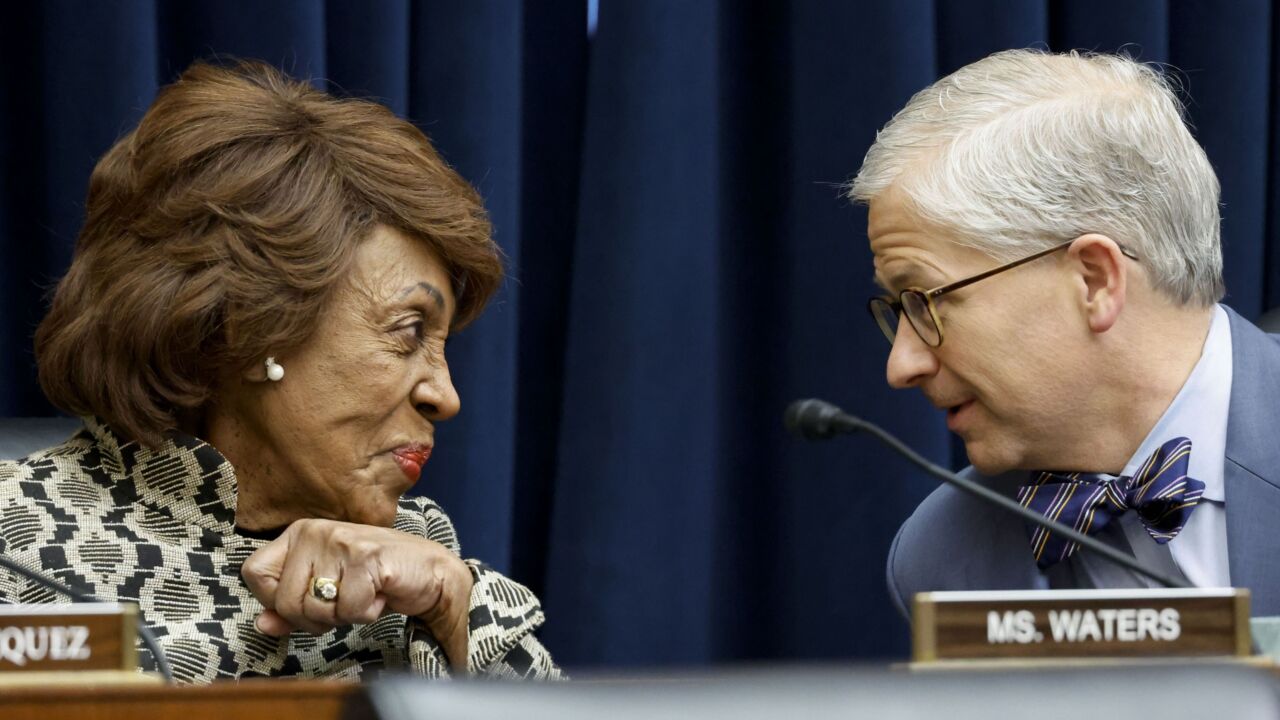Stablecoins
How are banks approaching dollar-backed digital assets (stablecoins)?
Stablecoins have moved from the edge of the
Banks are testing stablecoins for cross-border payments, liquidity management, and digital wallets. Some are also exploring how stablecoins can support interbank transactions or be issued directly by regulated institutions. As the landscape takes shape, stablecoins are starting to look less like an experiment and more like infrastructure.
-
The bill spells out how the Securities and Exchange Commission can and can't address crypto custody at banks and is getting a wave of bipartisan traction on Capitol Hill. But some academics and consumer advocates are concerned that the legislation could allow banks to bypass regulations.
May 21 -
The Bank for International Settlements' Innovation Hub is doing important work on integrating new technology into the global financial system. The next step is to bring both banks and nonbanks into the discussion.
May 21
-
Banking experts said that none of the currently circulating stablecoin proposals adequately address concerns about the overlap between banking and commerce and how a stablecoin issuer would go through insolvency.
May 20 -
Regulation and other factors are creating friction for banks and consumers that want to transact in crypto.
May 20 -
The Senate Thursday joined the House in passing a resolution to overturn the SEC's SAB 121 accounting guidance for financial firms holding crypto in custody. President Biden has vowed to veto the measure.
May 16 -
The Securities and Exchange Commission, having already approved spot bitcoin ETFs, ought to follow through and grant the same approval to spot ethereum funds. Doing so would create a new surge of investment, with positive economic impacts.
May 16
-
The bill, which would allow uninsured trust companies to issue stablecoins, represents a perilous departure from historically sound financial regulatory policies, and would open the door to potentially catastrophic market disruptions.
May 15
The first three months of the year coincide with the start of President Donald Trump's second term in office. Investors are likely to be more interested in banks' outlooks amid swings in tariff policy than the first-quarter results.
- September 23
- September 23
- September 23
Frequently Asked Questions:
How are banks approaching dollar-backed digital assets (stablecoins)?
Stablecoins have moved from the edge of the crypto, world to the center of policy and banking conversations. As regulators and banks weigh their role in payments, settlement, and reserves, this page follows the developments — from early pilots to proposed legislation.
Banks are testing stablecoins for cross-border payments, liquidity management, and digital wallets. Some are also exploring how stablecoins can support interbank transactions or be issued directly by regulated institutions. As the landscape takes shape, stablecoins are starting to look less like an experiment and more like infrastructure.
Why are banks paying attention to stablecoins?
Stablecoins are increasingly viewed as a potential upgrade to legacy payments systems. Banks are evaluating them for settlement, remittances, cross-border transactions, and tokenized deposit models.Are banks issuing their own stablecoins?
Some are exploring the option. Institutions like JPMorgan (with JPM Coin) and new entrants like PayPal are piloting bank-issued stablecoins, while others are watching regulatory developments before moving forward.How do stablecoins impact compliance and risk?
Issues include KYC/AML enforcement, cybersecurity, operational risk, and how reserve assets are held and reported. Banks exploring stablecoin activity must weigh both technological benefits and regulatory scrutiny.How are regulators responding to stablecoin innovation?
Congress is debating stablecoin-specific bills focused on reserve backing, issuer licensing, and oversight. The Federal Reserve, OCC, and state regulators are also shaping how bank involvement in stablecoin activity is supervised.How are banks using stablecoin?
Banks are using stablecoins to speed up cross-border payments, manage liquidity across global branches in real time, and test new forms of settlement between institutions. Some are integrating stablecoins into retail-facing digital wallets, while others are exploring interbank networks built on tokenized payments. These efforts are less about crypto speculation and more about making money move faster, with greater transparency and fewer intermediaries.- Real-time cross-border payments
- Internal liquidity management
- Retail-facing digital wallets
- Interbank tokenized payment networks
Top banks investing in stablecoin
List of institutions with greatest investment in stablecoin:- JPMorgan Chase – JPM Coin
- Custodia Bank – Avit Tokens
- Citigroup - Citi Token Services
- Societe Generale - USD CoinVertible
- Bank of America - Name yet to be released
- Fifth Third - Name yet to be released
- U.S. Bancorp - Name yet to be released





